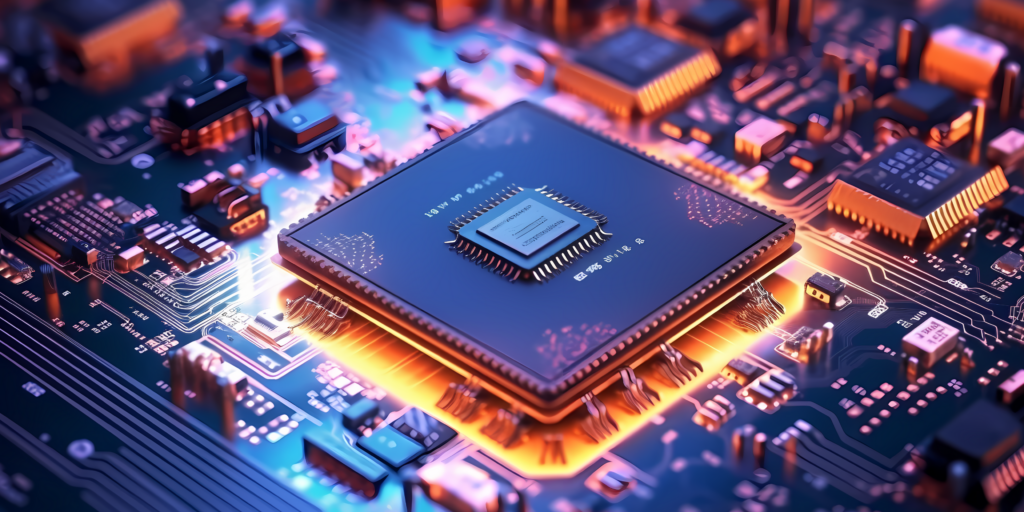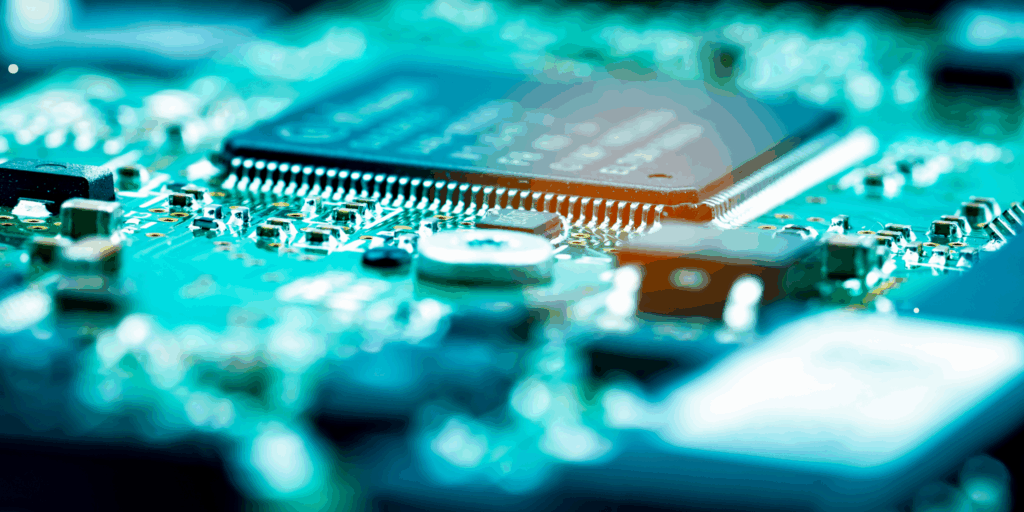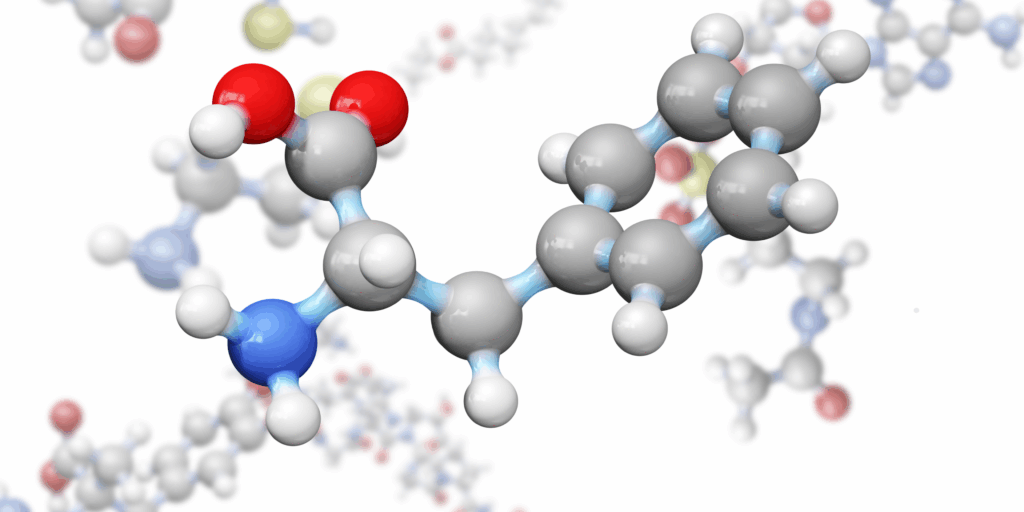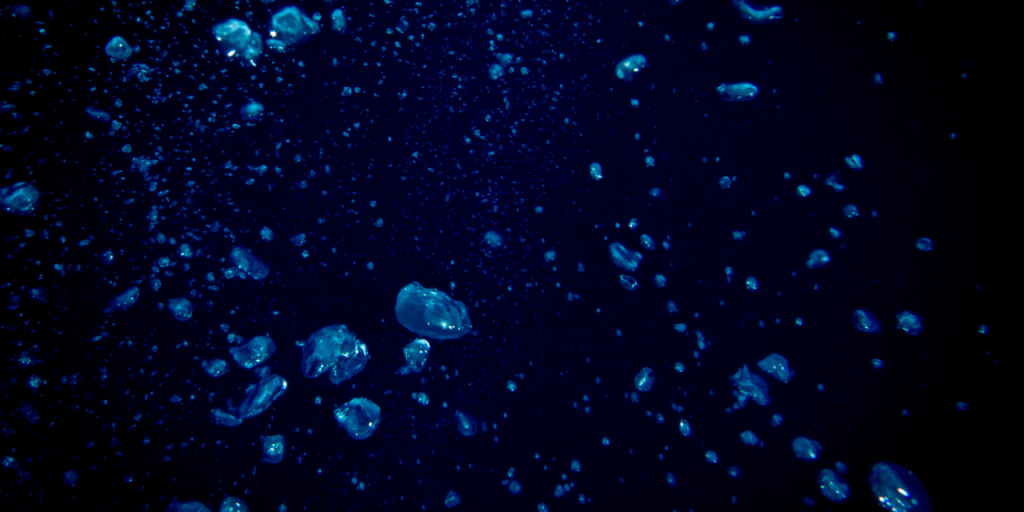Testing Small Satellite Electronics Under Neutron Radiation
Electronic devices intended for nano-satellite applications were irradiated at ISIS (UK) using the NEUTRON GATE of the ISIS@MACH ITALIA Research Infrastructure to evaluate their reliability under single-event effects (SEEs) caused by neutron exposure.
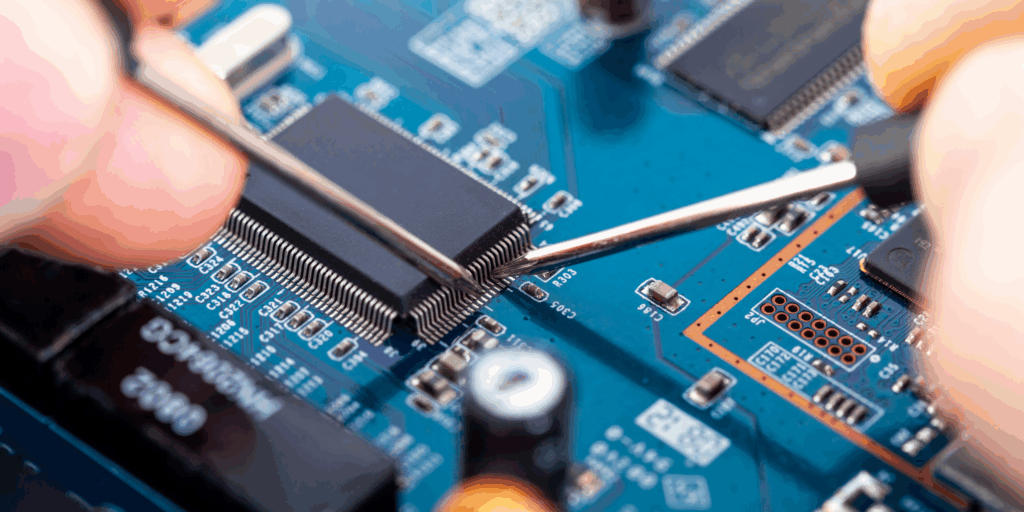
Micro- and nano-satellites — compact spacecraft weighing only a few dozen kilograms — are attracting growing interest from both the scientific and industrial communities. Their low mass significantly reduces launch costs, making it possible to deploy large constellations of small satellites that can gather data from multiple locations, providing higher precision than a few larger satellites.
Costs can be reduced even further by using commercial off-the-shelf (COTS) electronic components instead of custom-made, radiation-hardened ones. However, before COTS devices can be trusted for use in space, they must demonstrate strong resistance to Single Event Effects (SEEs) — disruptions in electronic hardware or firmware caused by currents generated when cosmic rays or high-energy particles interact with the device. These particles can be either charged ions or neutral particles, such as high-energy neutrons in the mega-electron-volt (MeV) range.
Researchers from INFN Roma Tre and Thales Alenia Space Italia, working through the ISIS@MACH ITALIA (IMI) Unit at the University of Rome Tor Vergata, have tested the robustness of new industrial COTS components against neutron radiation. The experiments were carried out on the ChipIr beamline at the ISIS Neutron and Muon Source (UK), accessed via the IMI Neutron Gate.
“The main goal of the experiment was to make an accurate diagnosis of the neutron-induced faults occurring in silicon chips,” explained Paolo Branchini (INFN and University of Roma Tre). “This study is particularly relevant because low-energy protons and ions can be filtered out by local electronic shielding, which in turn generates secondary neutrons. Our results, combined with previous ion-irradiation tests performed at INFN–Laboratori Nazionali del Sud, help us design strategies to minimise radiation damage in these devices.”
During the ChipIr experiment, neutron flux equivalent to billions of times that of the Earth’s atmosphere was used to accelerate testing. In just a few seconds, each device experienced radiation levels comparable to decades of operation in orbit.
Each tested component included a programmable Fault Collection and Control Unit (FCCU) to monitor the integrity of the device and manage its safe-state response in real time. At the start of the irradiation, the FCCU successfully reset the device after each SEE, visible as sharp drops in control current (Figure 1, left). However, after prolonged exposure, some samples experienced a complete breakdown, requiring continuous resets (Figure 1, right).

Researchers are now exploring whether annealing treatments — controlled heating cycles after irradiation — could help restore the devices to their original working condition.
Following a long series of successful collaborations with industrial partners and Italian research institutions, this experiment once again demonstrates the value of neutron irradiation facilities such as ISIS (UK) and the opportunities available through the ISIS@MACH ITALIA Neutron Gate for testing advanced materials and electronics under realistic radiation environments.
Further information:
Experimental Team: Thales Alenia Space Italy, University of Rome TRE, IM@IT Unit University of Rome Tor Vergata, ISIS Facility.
The link to the related publication will be included soon.

